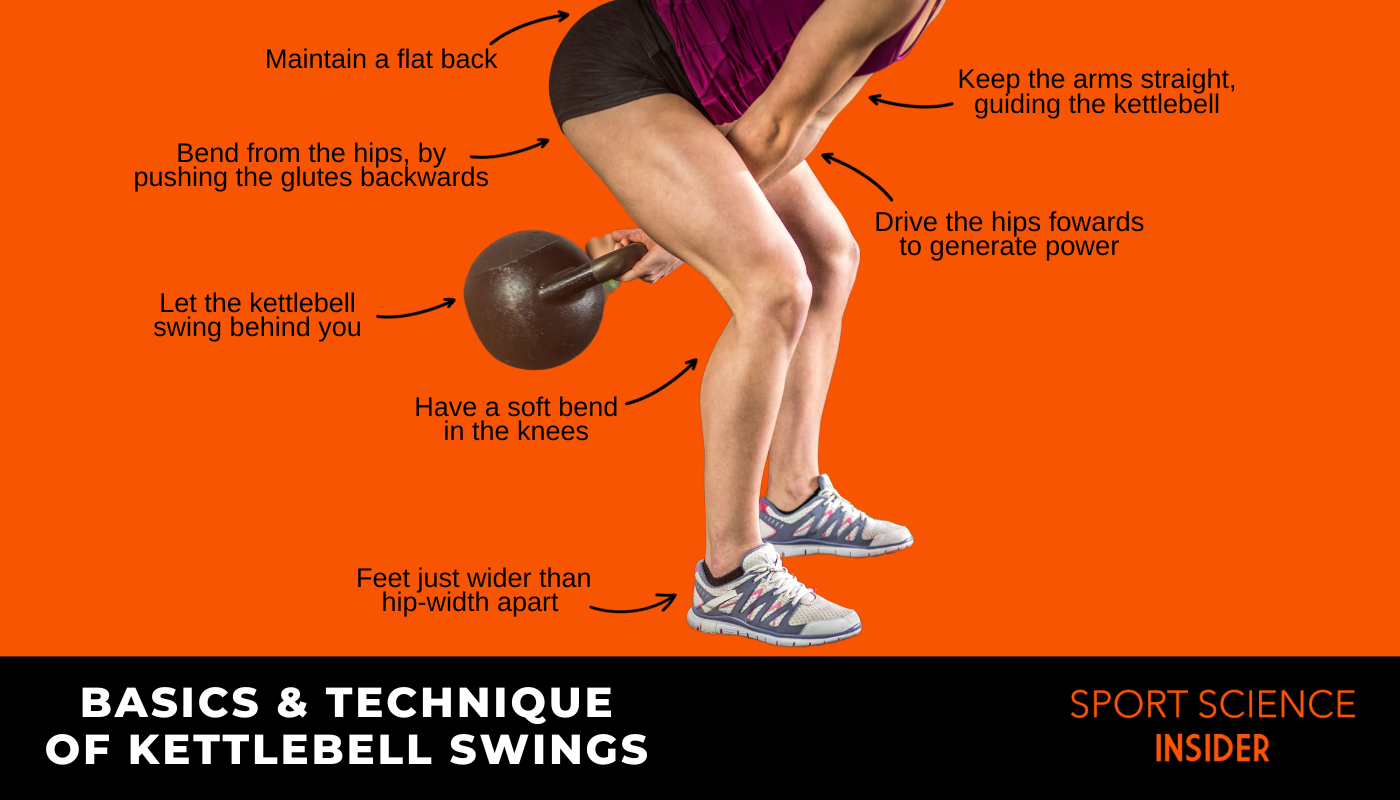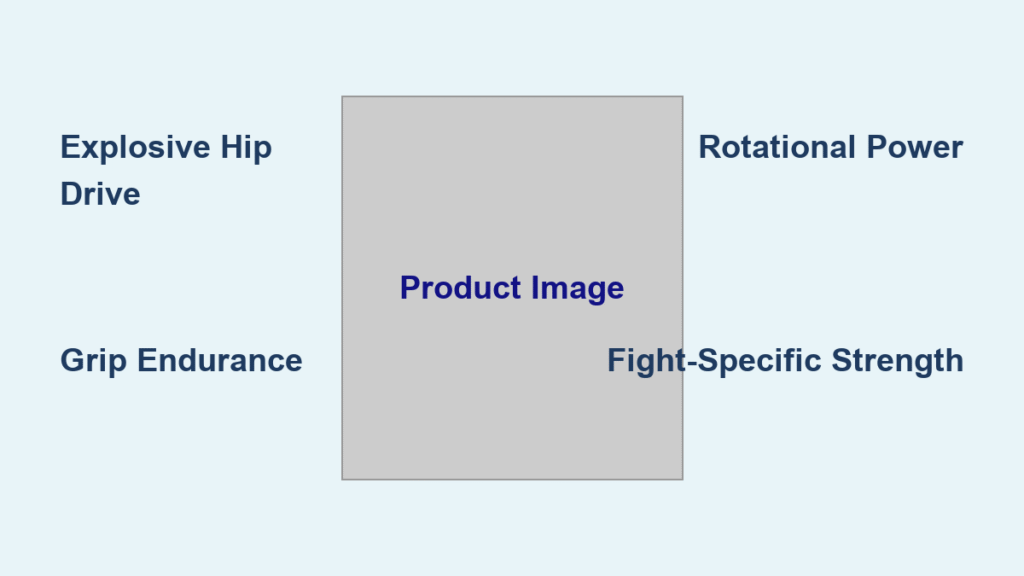Your legs burn as you circle the ring in round three. That jab you threw felt sluggish, your takedown defense lacks explosiveness, and your grip is fading in the clinch. This is where most fighters hit the wall—but not those who master kettlebell exercises for fighters. Unlike traditional weight training that builds bulk without fight application, kettlebells forge the exact attributes that determine who wins and who taps: explosive hip drive for knockouts, iron grip for submissions, and gas-tank endurance that lasts deep into championship rounds.
The offset weight of kettlebells challenges your core stability exactly like defending a takedown or absorbing body shots. Fighters who integrate targeted kettlebell exercises develop rotational force that amplifies punch impact by 27% while building the unilateral strength needed for dynamic movement in the cage. This isn’t about looking strong—it’s about being dangerous when the clock is running down.
Why Fighters Need Kettlebell-Specific Training Protocols
Kettlebell exercises for fighters create the perfect storm of attributes that separate contenders from pretenders. The ballistic hip snap in swings directly translates to the explosive drive behind your cross, while Turkish get-ups teach ground transitions that save fights when you’re on your back. Most critically, these movements build functional strength without the bulky muscle that slows punches and complicates weight cuts.
Combat-specific performance gains include:
– Explosive knockout power through posterior chain development that mirrors striking mechanics
– Grip endurance for controlling opponents during extended clinch exchanges
– Rotational force that transfers directly to roundhouse kicks and overhand rights
– Metabolic conditioning burning 400+ calories in 20-minute sessions while preserving lean mass
– Injury prevention through unilateral stability training that corrects imbalances from sport-specific movement patterns
4-Phase Kettlebell Training System for Fight Camps

Foundation Phase: Bulletproof Your Body Before Adding Load (Weeks 1-4)
Skipping this phase is how fighters blow out shoulders before fight week. Build joint stability and movement mastery with these essential exercises before adding intensity:
Single-leg kettlebell deadlifts (5 reps/leg): Stand on your lead leg with slight knee bend, hinge at hips while extending rear leg straight back. Keep back flat until you feel deep hamstring stretch. This builds the unilateral stability needed for kicking balance and single-leg takedowns—critical when you’re defending shots against the cage.
Kettlebell halos (10 reps/direction): Hold bell by the horns at chest level, circle it smoothly around your head without moving your torso. This shoulder mobility work prevents the rounded shoulders that sabotage punching power and leave you vulnerable to neck cranks.
Train 2-4 times weekly with 2-4 rest days between sessions. Master technique at lighter weights (12-16kg men, 8-12kg women) before progressing—this isn’t about ego lifting but fight-specific movement quality.
Endurance Phase: Build Rounds-Long Stamina (Weeks 5-10)
Structure workouts as 5-minute work periods with 60-second rest—exactly like fight rounds. This phase develops the aerobic base that carries you through grueling championship bouts when your opponent is gassing out.
Battle-tested circuit: Set timer for 5 minutes and perform as many rounds as possible (AMRAP) of:
– 15 two-hand swings (chest height)
– 10 breakdancer push-ups (alternating leg through)
– Rest 60 seconds, repeat for 5 rounds
Pro tip: During the rest period, practice your footwork—this mimics real fight conditions where you must move strategically while recovering. Stop immediately if your hip hinge form breaks down; sloppy swings build endurance but destroy fight performance.
Strength Phase: Develop Raw Knockout Power (Weeks 11-16)
Build fight-winning strength with heavier bells (24-32kg men, 16-24kg women) using 3-5 sets of 5 reps and 2-3 minutes rest. Focus on perfect form over speed—this is where technique meets power.
Renegade rows: Place hands on kettlebells in plank position, feet wider than shoulder-width. Row one bell to hip while maintaining rigid torso—this builds the anti-rotation core strength that prevents your punches from being smothered in the clinch. Perform 3 sets of 5 reps per side with strict form.
Common mistake: Letting hips rotate during the row. If your pelvis shifts more than 5 degrees, reduce the weight. Fighters who prioritize stability over load develop transferable strength that shows up when the bell rings.
Power Phase: Peak Explosiveness for Fight Week (Weeks 17-20)
Maximize rate of force development with maximum velocity movements. Use 1-5 rep sets with 2-5 minute rest periods to fully recover between explosive efforts.
Double kettlebell snatch protocol: Clean two bells to rack position, then explosively snatch both overhead in one fluid motion. Perform 3 sets of 3 reps with 3 minutes rest. This trains the full kinetic chain sequencing needed for powerful takedown finishes.
Why this works: The double snatch requires perfect timing and coordination—just like chaining a double leg into a ground-and-pound sequence. Fighters who master this movement develop the neuromuscular efficiency that makes their techniques look effortless under pressure.
Fighter-Specific Kettlebell Exercise Library

Strike-Enhancing Power Builders
Rotational swings: Stand sideways to target, swing bell across body while rotating torso. This directly translates to the biomechanics of liver kicks and body shots—perform 3 sets of 8 reps per side with controlled eccentric phase.
Sots press: Clean bell to rack position, drop into deep squat, then press overhead while maintaining squat depth. This builds the shoulder mobility and core stability needed for effective Muay Thai clinch work. Use 3 sets of 3 reps with 2 minutes rest.
Grappling-Specific Strength Developers
Weighted pull-ups: Attach kettlebell between feet or use single bell held between ankles. Pull chest to bar while maintaining hollow body position—this simulates the pulling mechanics of collar ties and underhooks. Aim for 3 sets of 5 reps with controlled 3-second descent.
Pro tip: Add a 2-second pause at the top position to build the isometric strength needed for maintaining dominant positions during extended ground exchanges.
Minimal Equipment Fight Camp Protocol
When traveling or training away from your gym, this one-kettlebell solution maintains fight readiness:
10-Minute EMOM (Every Minute on the Minute):
– Minute 1-10: 5 clean/jerks right arm
– Minute 1-10: 5 clean/jerks left arm
Progression strategy: Once you complete all reps with perfect form for 10 minutes, increase to 6 reps per minute. This protocol builds the explosive power and work capacity needed for championship rounds using just one bell—ideal for hotel room training before fight week.
Injury Prevention Protocols Every Fighter Must Implement
Dynamic Warm-up (Non-Negotiable)
- 2 minutes leg swings (forward/backward and side-to-side)
- 2 minutes kettlebell halos (10 each direction)
- 1 minute glute bridges with band resistance
- 2 minutes light two-hand swings (16kg/12kg)
Critical insight: Fighters skip warm-ups to “save energy” but actually compromise neuromuscular activation. This 5-minute sequence increases hip mobility by 22% and shoulder range of motion by 18%—directly translating to more powerful strikes and takedowns.
Recovery Guidelines for Fight Camp
- Maximum frequency: 4 heavy kettlebell sessions weekly during camp
- Deload week: Every 4th week, reduce volume by 40% while maintaining intensity
- Sleep protocol: 8 hours minimum with 20-minute post-training nap for hormonal recovery
- Imbalance correction: For every push exercise, perform two pull variations to address overdeveloped punching muscles
How to Integrate Kettlebell Training With Skill Work
Optimal weekly scheduling:
– Morning (9-11am): Technical skill training when CNS is fresh
– Afternoon (3-5pm): Kettlebell conditioning with 4-6 hour gap
– Evening: Light mobility work only
Fight week taper: Two weeks out, reduce volume to 60% while maintaining explosive intent. One week out, drop to 30% volume focusing only on explosive movements like power snatches. During fight week, perform only movement preparation—no strength work that could fatigue your nervous system.
The fighter who strategically implements these kettlebell exercises for fighters doesn’t just get stronger—they become more dangerous in every position, from the opening bell to the final seconds of round five. When your opponent’s arms drop from fatigue, your kettlebell-developed grip locks in the finishing submission. When their legs feel heavy from the second round, your posterior chain power drives through for one more takedown. This is how champions are made—one swing, one get-up, one rep at a time.




